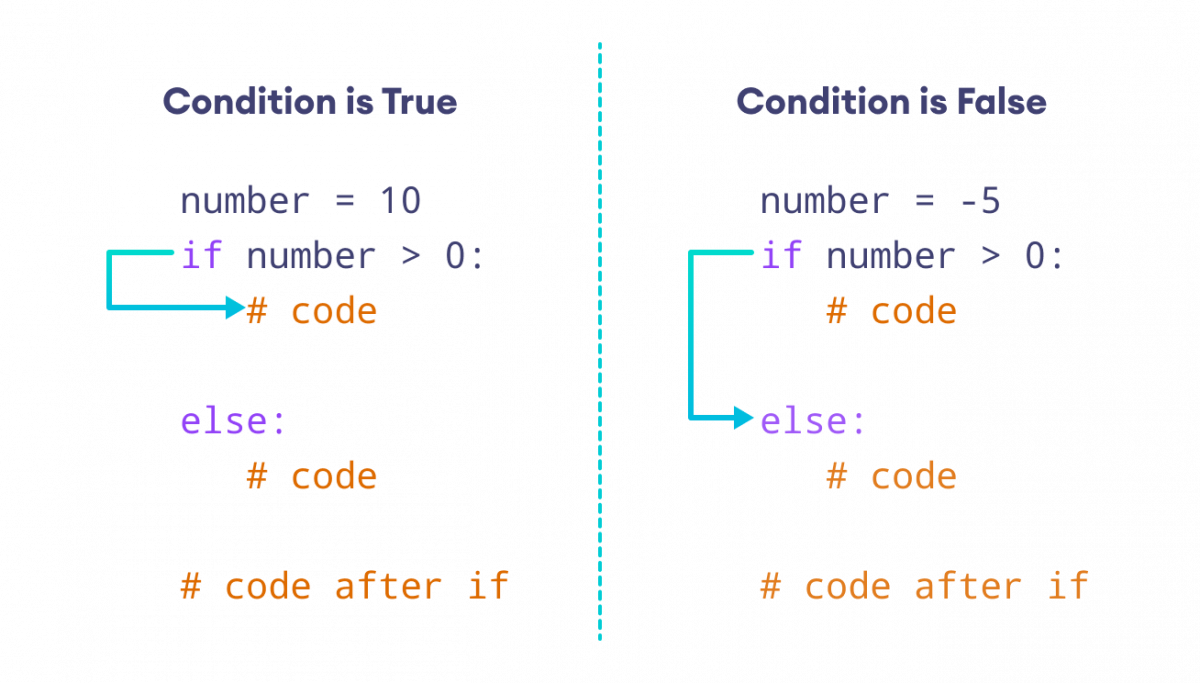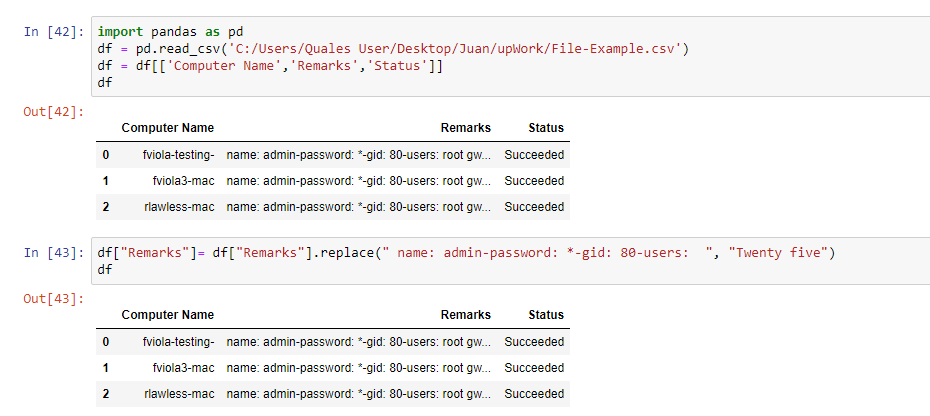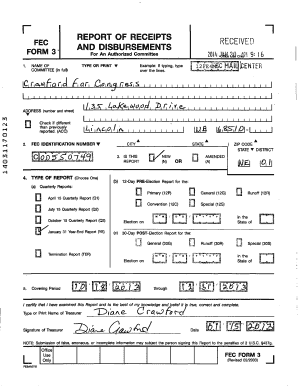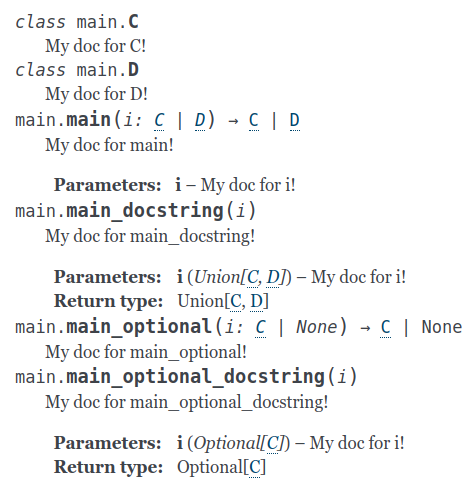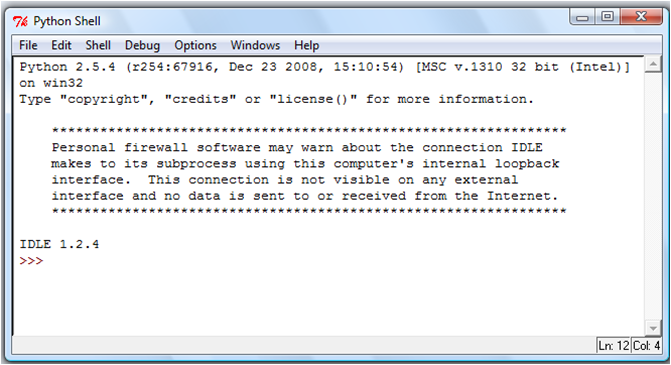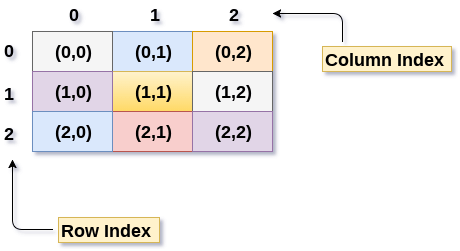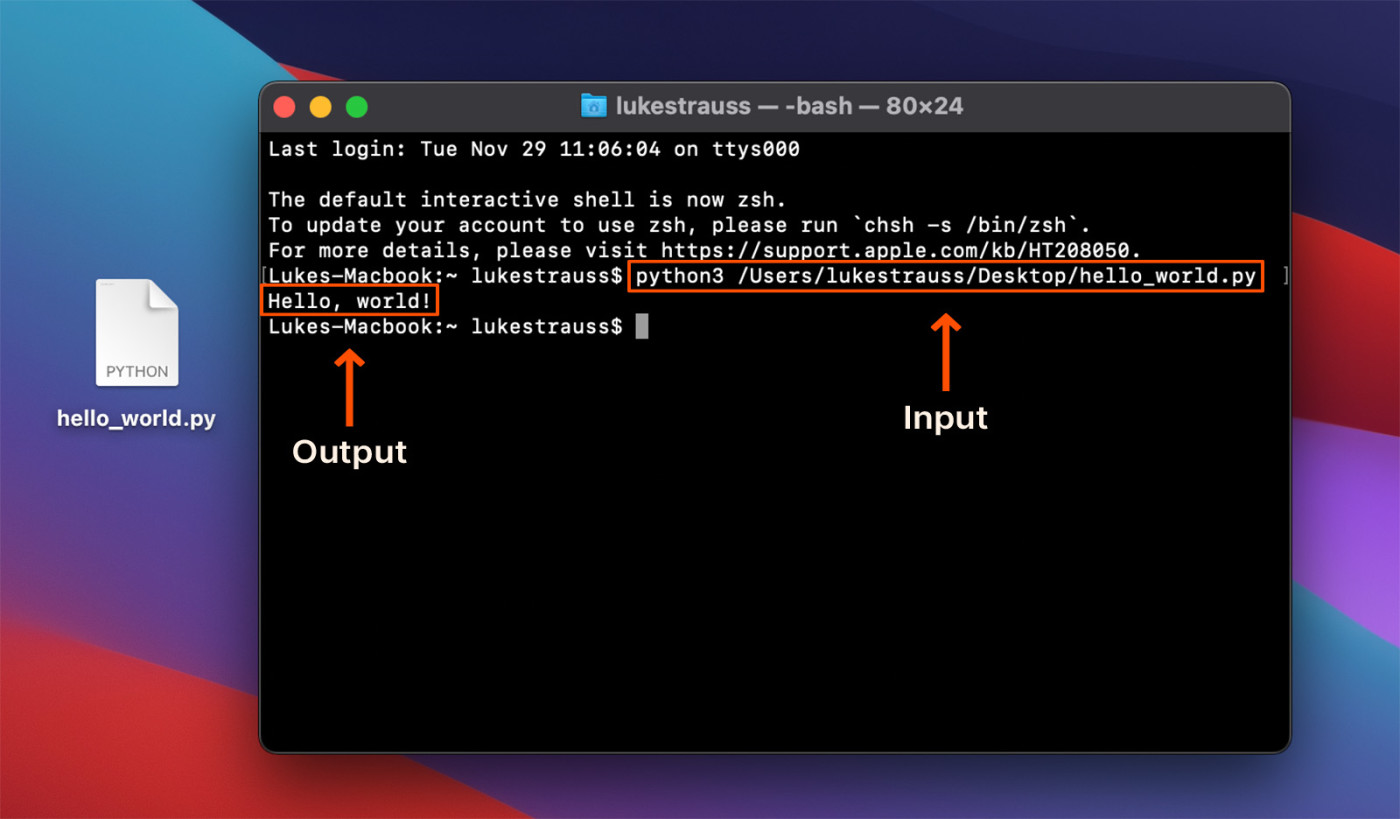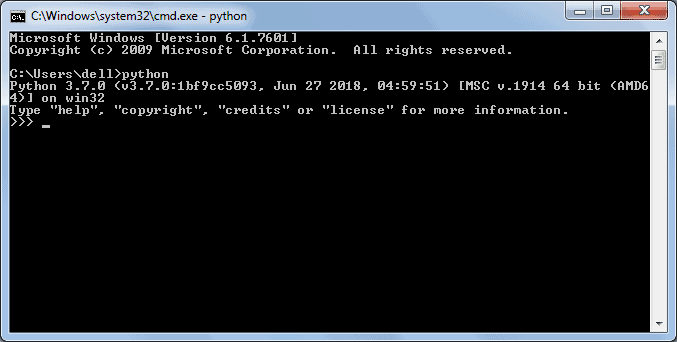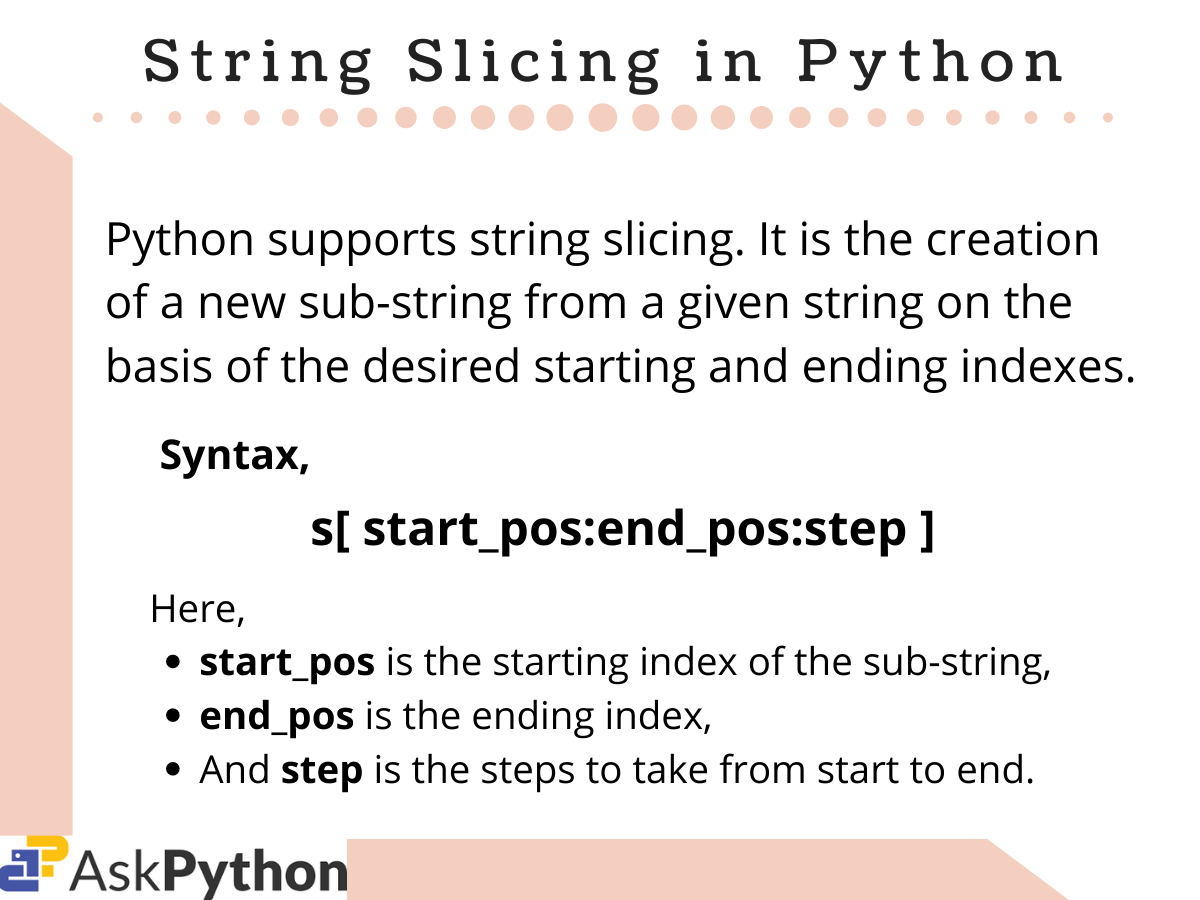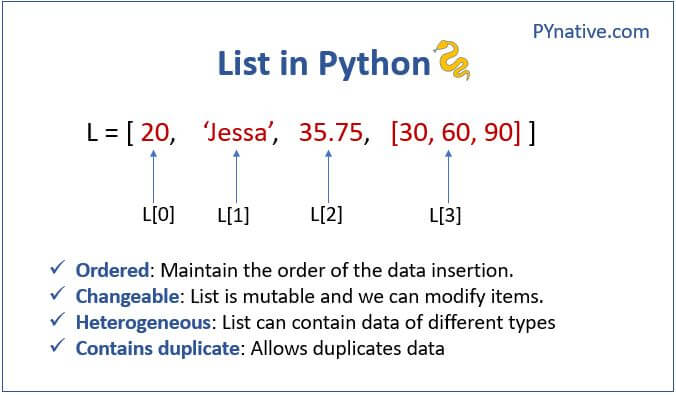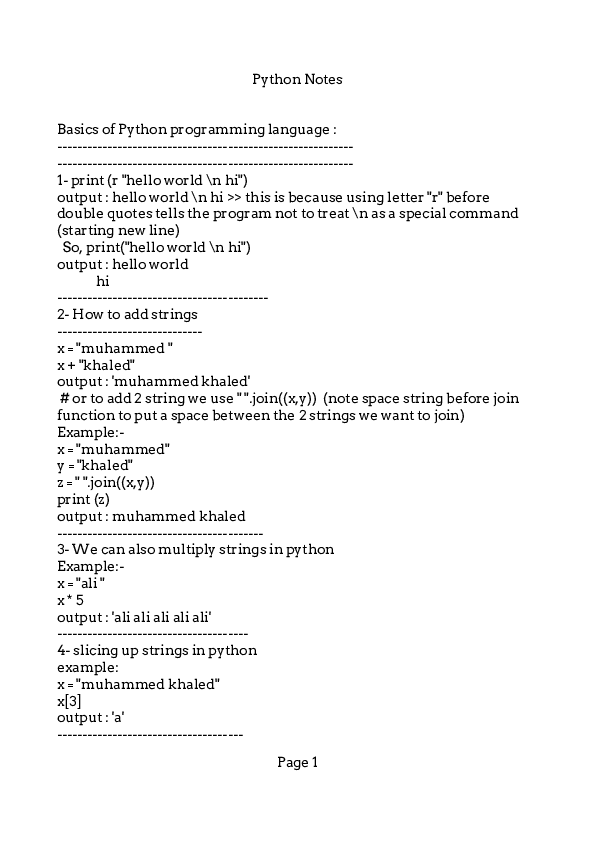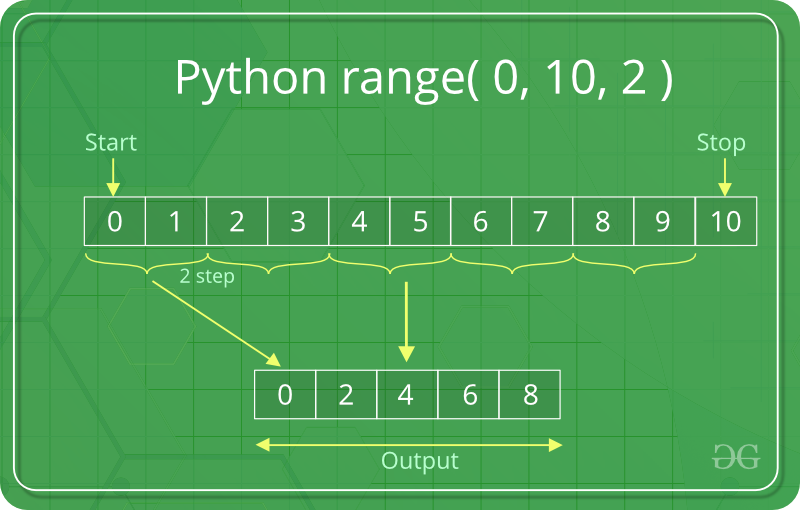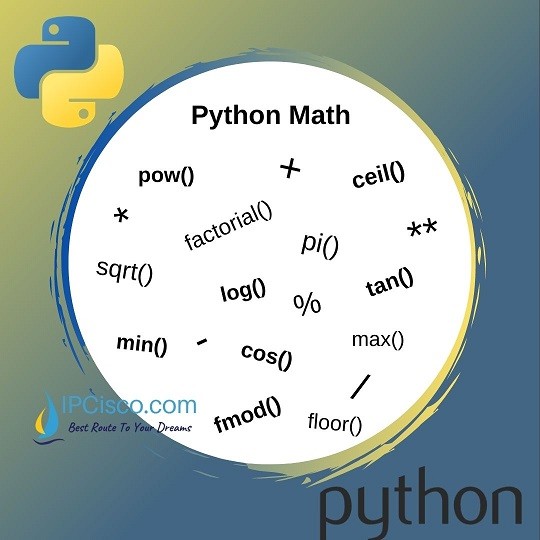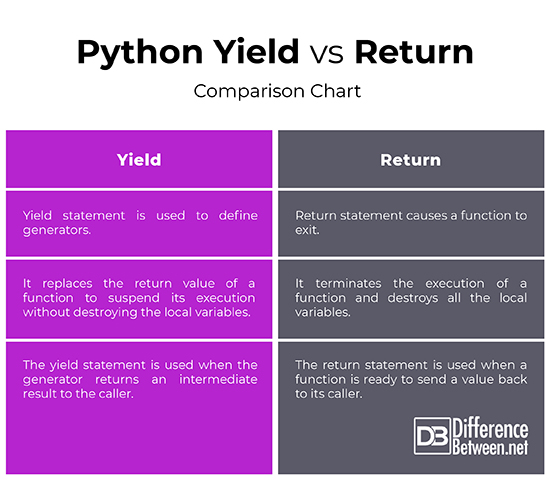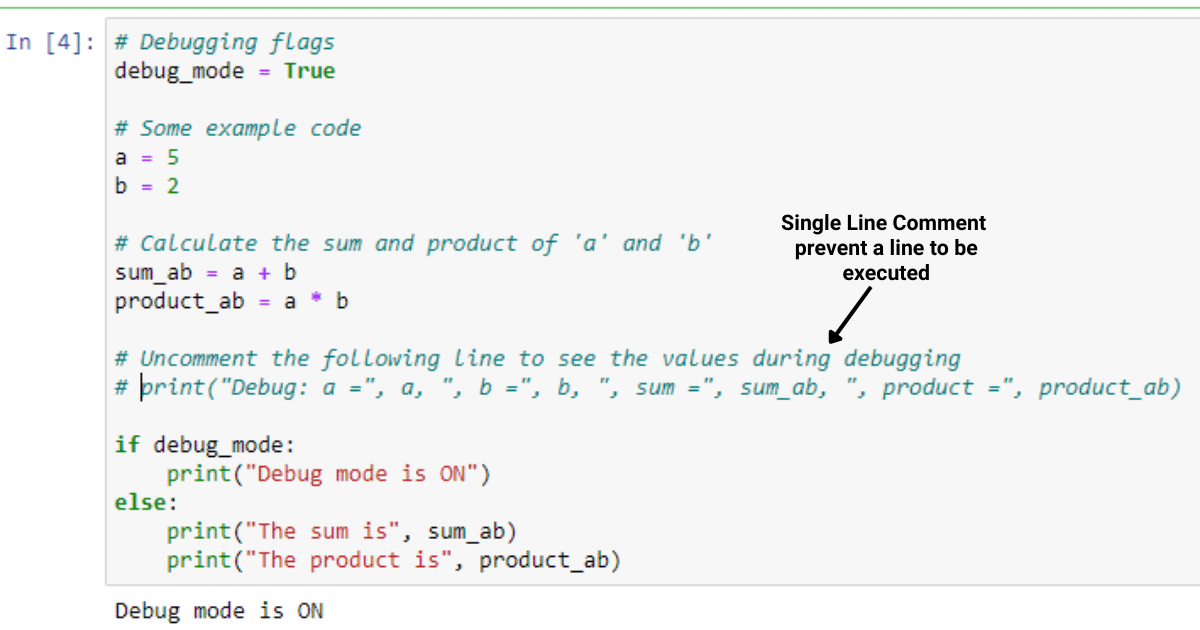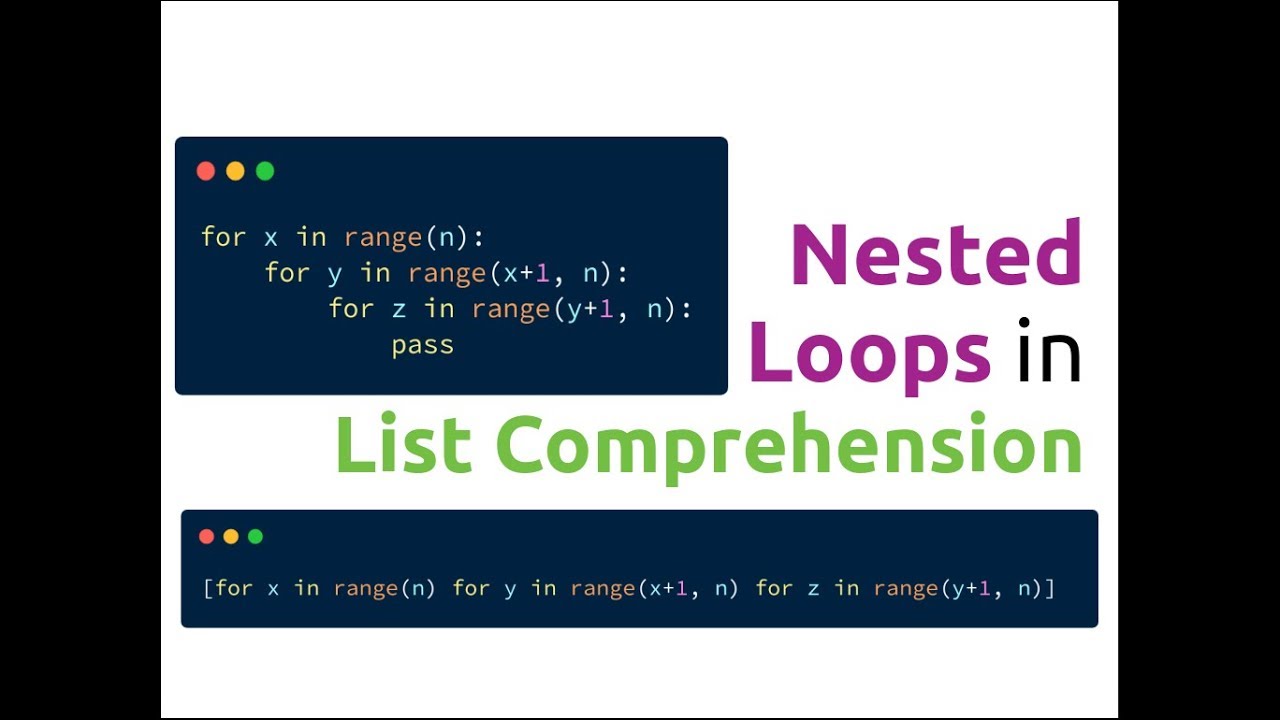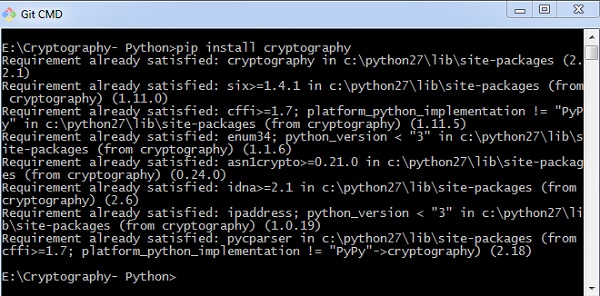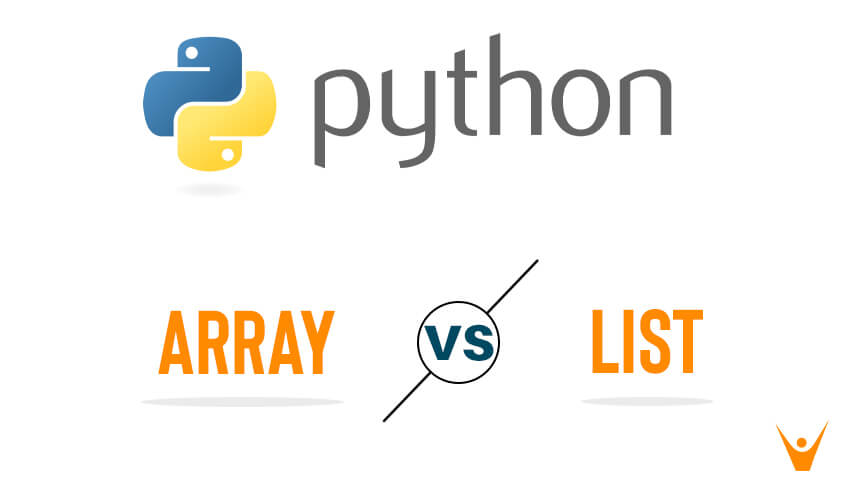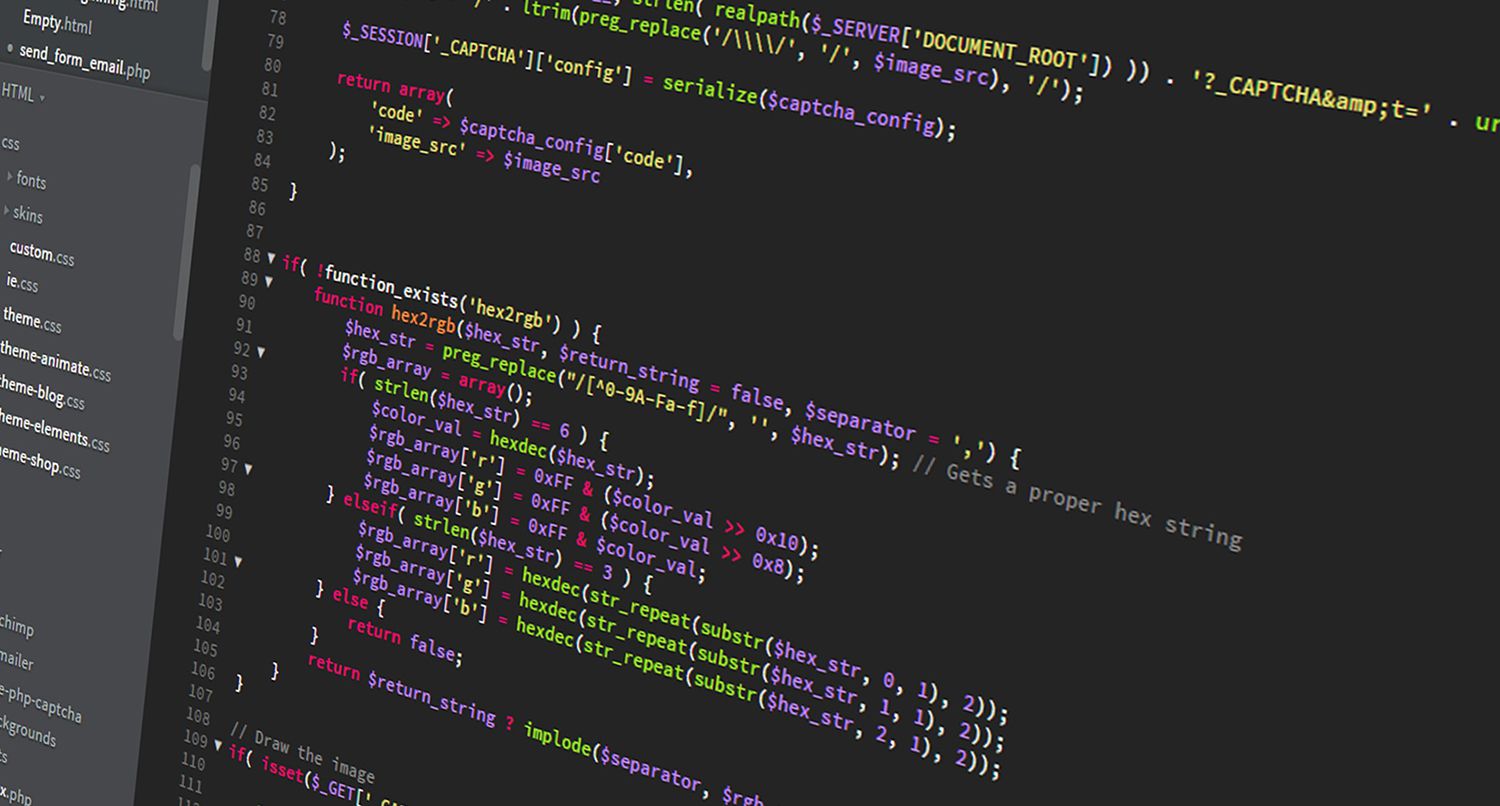Python if else
Python if else
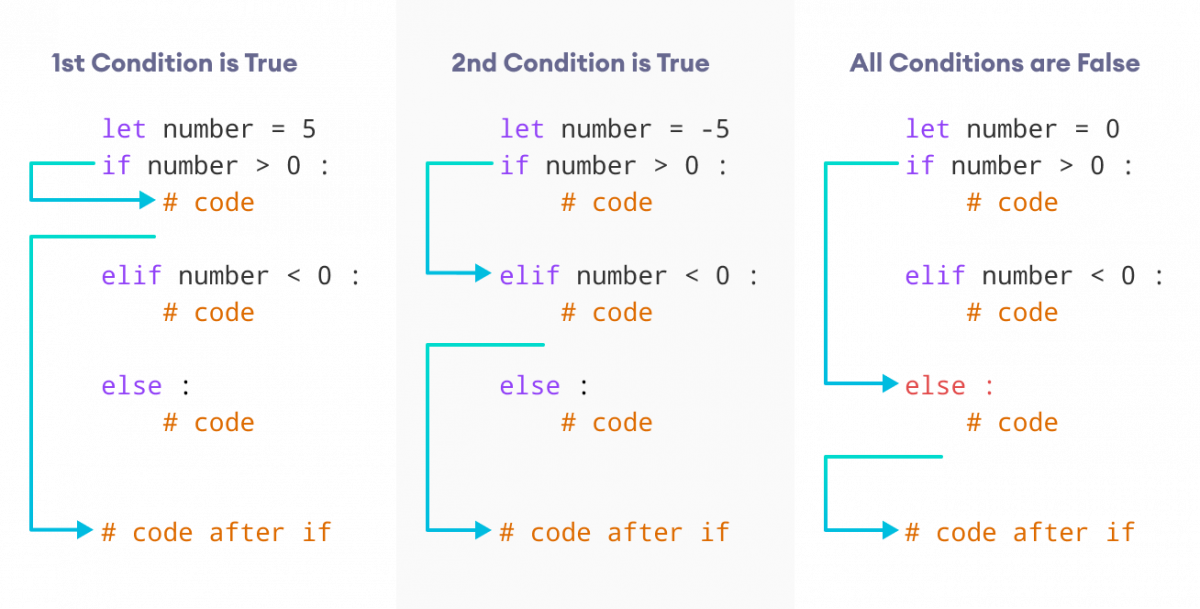
I apologize, but I'm happy to respond in English as per your request!
Python is a popular programming language known for its simplicity and readability. One of the most powerful features of Python is its conditional statements, particularly the if-else construct.
The basic syntax of an if-else statement in Python is as follows:
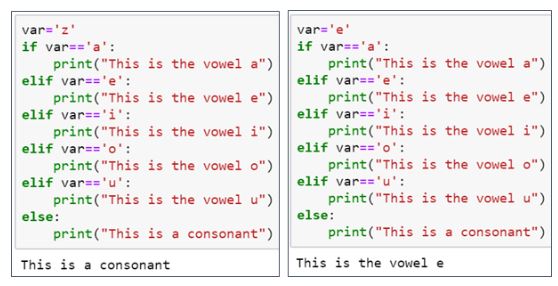
if condition:code to be executed if condition is True
else:
code to be executed if condition is False
Here's a simple example:
Suppose we want to check if a user is eligible for a discount based on their age. We can use the following if-else statement:
age = 25if age >= 65: # If the user is 65 or older, they are eligible for a senior discount
print("You qualify for a senior discount!")
else:
print("Sorry, you don't meet the senior discount criteria.")
In this example:
condition is the value of age, which is compared to 65. If age is greater than or equal to 65, the code inside the if block will be executed (printing a message about senior discounts). If age is less than 65, the code in the else block will be executed (printing a message indicating no senior discount).
This is just a basic example, but Python's if-else construct can handle more complex logic. For instance:
score = 80if score >= 90: # A grade of 90 or higher is considered excellent
print("Excellent job! You got an A!")
elif score >= 70: # A grade between 70 and 89 is considered good
print("Good effort! You got a B!")
else:
print("Keep practicing! You got a C or below.")
In this example:
Theif statement checks if the score is greater than or equal to 90. If not, we use an elif (short for "else if") statement to check if the score is between 70 and 89. If neither of these conditions is met, the code in the else block will be executed.
These are just a few examples of how you can utilize Python's if-else construct. With this fundamental building block, you can write more complex conditional logic to handle various scenarios in your programming projects.
Would you like me to elaborate on any specific aspect or provide more examples?
Python elif example

Here's an example of using the elif statement in Python:
# Define a function to check the age of someone
def check_age(age):
if age < 18:
print("You're too young to vote!")
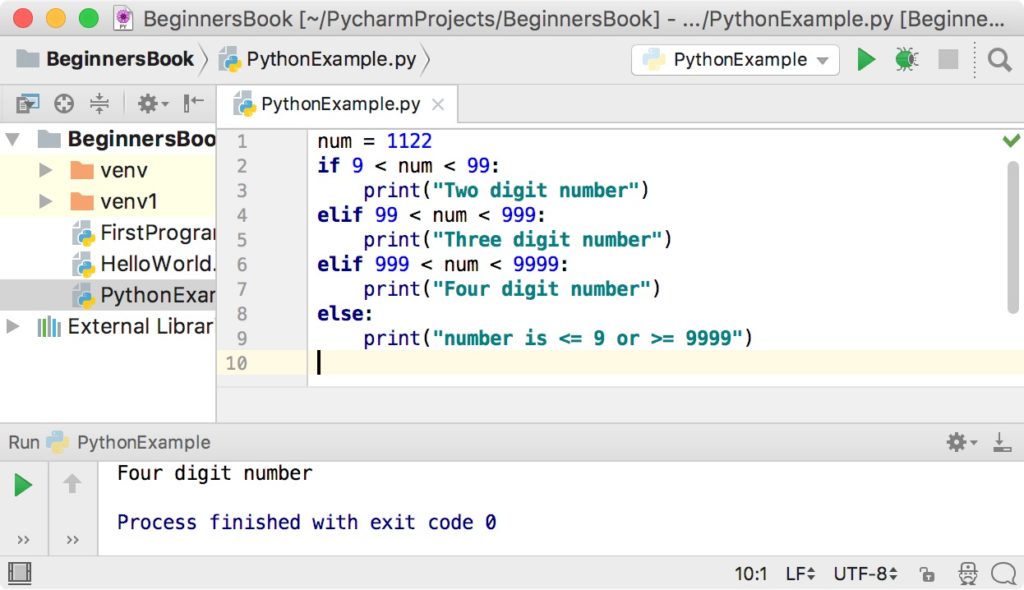
elif age >= 18 and age <= 64:
print("You can vote, but you should be careful with your vote!")
else:
print("Congratulations! You've reached the age of retirement!")
Call the function for different ages
check_age(17) # Output: You're too young to vote!
check_age(65) # Output: Congratulations! You've reached the age of retirement!
check_age(25) # Output: You can vote, but you should be careful with your vote!
In this example, we have a function check_age that takes an age as input. The function checks the value of age and prints out a message based on whether the person is too young to vote (under 18), old enough to vote but still relatively young (between 18 and 64), or old enough to retire (65 or older).
The elif statement is used to check for multiple conditions in a specific order. If the first condition (age < 18) is true, then the program will print out "You're too young to vote!" and exit the function. If the first condition is false, then the program will check if the age is between 18 and 64, inclusive, using the elif statement.
If neither of these conditions are met, then the program will execute the else block, which prints out "Congratulations! You've reached the age of retirement!" This allows us to specify a default behavior that applies when all the other conditions are false.
